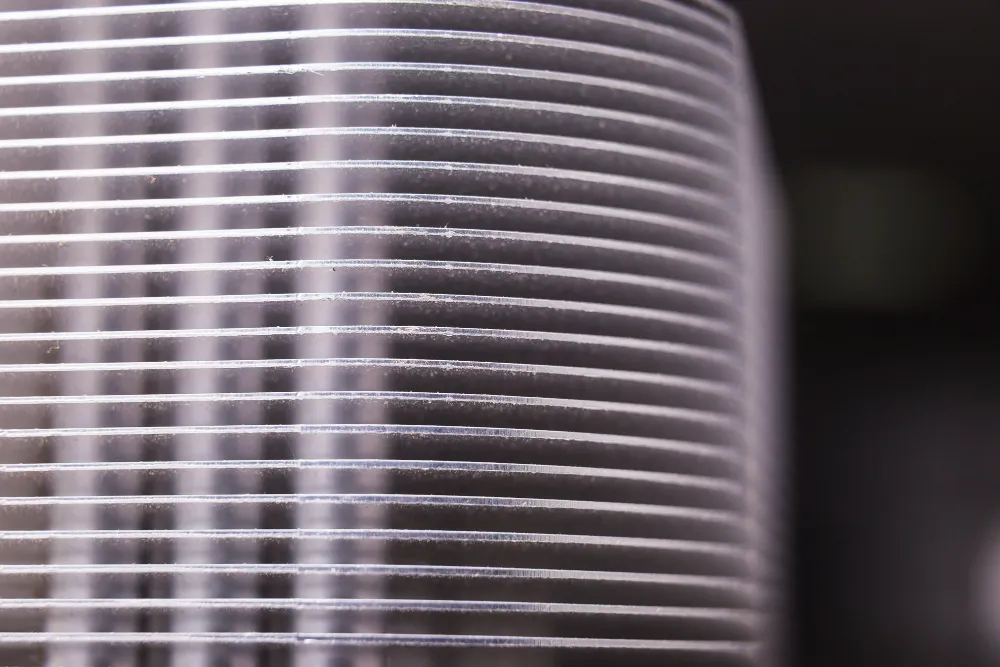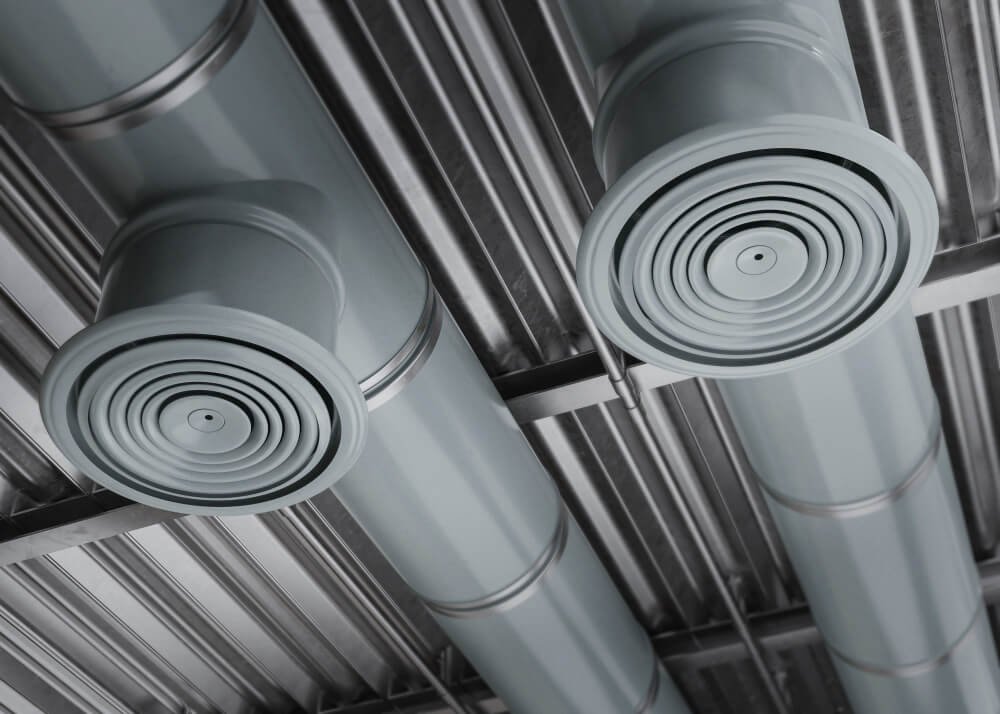Property refurbishment joins together a wide range of activities aimed at improving and updating a property. These activities can include structural repairs, modernizing outdated systems, enhancing aesthetic appeal, and reconfiguring layouts to better suit the needs of the residents. In London, where properties can range from centuries-old townhouses to contemporary apartments, refurbishment projects often require a blend of traditional craftsmanship and modern techniques.
A professional refurbishment service typically offers a comprehensive approach, handling everything from initial consultations and design planning to the execution of the work and final finishing touches. This holistic approach is particularly beneficial in a city like London, where the complexities of building regulations, historical preservation, and space optimization require a deep understanding of local conditions.
Benefits of Professional Refurbishment Services
Expertise and Experience
One of the primary benefits of hiring a professional for property refurbishment in London is the expertise and experience they bring to the table. Professionals in this field have a thorough understanding of the materials, techniques, and design principles that are most effective in enhancing the quality and value of London properties. Their experience allows them to foresee potential challenges and devise solutions that a less experienced individual might overlook.
Tailored Solutions
Every property is unique, and so are the needs and preferences of its occupants. A professional refurbishment service provides tailored solutions that take into account the specific characteristics of the property and the lifestyle of its residents. This customization ensures that the final result is not only aesthetically pleasing but also functional and practical.
Compliance with Regulations
London’s building regulations and protocols are particularly rigorous when it comes to properties that have historical significance. Professionals possess a comprehensive understanding of these regulations and can guarantee that all work adheres to legal standards. This compliance is essential to prevent potential problems, legal issues, and sanctions when selling the property in the future.
Quality Assurance
Professional refurbishment services are committed to delivering high-quality results. They use premium materials and employ skilled craftsmen to ensure that every aspect of the refurbishment meets the highest standards. This quality assurance extends to the longevity and durability of the work, providing homeowners with peace of mind that their investment will stand the test of time.
Key Aspects of Property Refurbishment
Structural Repairs and Improvements
Structural issues can compromise the safety and integrity of a property. Addressing these issues is often the first step in a refurbishment project. Professionals conduct thorough inspections to identify problems such as foundation cracks, roof damage, or dampness. They then implement appropriate repairs to ensure the property is structurally sound.
Modernizing Systems
Many older properties in London have outdated electrical, plumbing, and heating systems. Modernizing these systems is essential for improving energy efficiency, safety, and comfort. Professionals can upgrade wiring, install new plumbing fixtures, and fit energy-efficient heating systems to bring the property up to contemporary standards.
Enhancing Aesthetic Appeal
A significant part of property refurbishment involves enhancing the aesthetic appeal of the space. This can include everything from repainting and wallpapering to installing new flooring and custom cabinetry. Professional designers work closely with homeowners to create a cohesive and attractive design that reflects their personal style while respecting the architectural integrity of the property.
Reconfiguring Layouts
Reconfiguring the layout of a property can dramatically improve its functionality. This might involve knocking down walls to create open-plan living areas, adding new rooms, or reconfiguring existing spaces to better suit the needs of the occupants. Professionals use their expertise to design layouts that maximize space and flow, creating a more comfortable and efficient living environment.
Case Studies of Successful Refurbishment Projects
Central London Townhouse Transformation
A prime example of successful property refurbishment in London is the transformation of a Central London townhouse. This project involved extensive structural repairs, modernizing outdated systems, and completely redesigning the interior spaces. The result was a stunning blend of traditional elegance and modern convenience, with features such as custom-built cabinetry, high-end finishes, and state-of-the-art home automation systems. The professional refurbishment team worked closely with the homeowners to ensure that every detail was executed to perfection, resulting in a home that was both beautiful and functional.
Belgravia Apartment Renovation
Another notable project is the renovation of a luxurious apartment in Belgravia. This refurbishment focused on enhancing the aesthetic appeal and functionality of the space while preserving its historical charm. The project included restoring original features such as moldings and fireplaces, installing new flooring, and upgrading the kitchen and bathrooms with modern fixtures and appliances. The professional team managed to seamlessly blend the old with the new, creating a sophisticated and comfortable living space that met the high standards of the discerning homeowners.
The Process of Property Refurbishment
Initial Consultation and Planning
The refurbishment process typically begins with an initial consultation and planning phase. During this stage, the professional team meets with the homeowners to discuss their goals, preferences, and budget. They conduct a thorough inspection of the property to assess its condition and identify any potential challenges. Based on this information, they develop a detailed plan and timeline for the project.
Design and Approval
Once the initial plan is in place, the next step is the design phase. Professional designers create detailed drawings and renderings of the proposed changes, incorporating the homeowners’ input and ensuring that the design meets their needs and preferences. This phase also involves obtaining any necessary permits and approvals from local authorities.
Execution of Work
The execution phase is where the actual refurbishment work takes place. Professional teams coordinate and manage all aspects of the project, from demolition and structural repairs to installation and finishing touches. They ensure that all work is carried out to the highest standards, using quality materials and skilled craftsmen.
Final Inspection and Handover
The final phase of the refurbishment process involves a thorough inspection of the completed work to ensure that everything has been executed according to the plan and meets the highest quality standards. Any necessary adjustments or touch-ups are made at this stage. Once the homeowners are satisfied with the results, the property is handed over to them, ready for occupancy.
Choosing the Right Professional for Your Refurbishment Project
Selecting the right professional for your property refurbishment project is crucial to its success. Here are some key factors to consider when making your choice:
Experience and Reputation
Look for a professional with extensive experience in property refurbishment, particularly in the type of property you own. Check their reputation by reading reviews, asking for references, and looking at examples of their previous work. A reputable professional will have a track record of delivering high-quality results and satisfied clients.
Communication and Transparency
Effective communication is essential for a successful refurbishment project. Choose a professional who communicates clearly and regularly, keeping you informed of progress and any potential issues. They should be transparent about costs, timelines, and any potential challenges, ensuring that there are no surprises along the way.
Comprehensive Services
A professional who offers comprehensive services, from initial consultation and design to execution and final inspection, can streamline the refurbishment process and ensure a cohesive and coordinated approach. This reduces the risk of miscommunication and ensures that every aspect of the project is managed effectively.
Quality Assurance
Ensure that the professional you choose is committed to delivering high-quality results. They should use premium materials, employ skilled craftsmen, and adhere to the highest standards of workmanship. Ask about their quality assurance processes and how they handle any issues that may arise during the project.
Conclusion
Property refurbishment is a valuable investment that can significantly enhance the quality, functionality, and value of your home. In a city like London, where properties have unique characteristics and challenges, engaging a professional refurbishment service is the best way to ensure a successful outcome. With their expertise, tailored solutions, and commitment to quality, professionals can transform your living space into a stylish, functional, and comfortable home that meets your needs and exceeds your expectations. Whether you are looking to update a historic townhouse, modernize an apartment, or reconfigure your living spaces, a professional refurbishment service can help you achieve your goals and create a home that reflects your personal style and enhances your quality of life.





